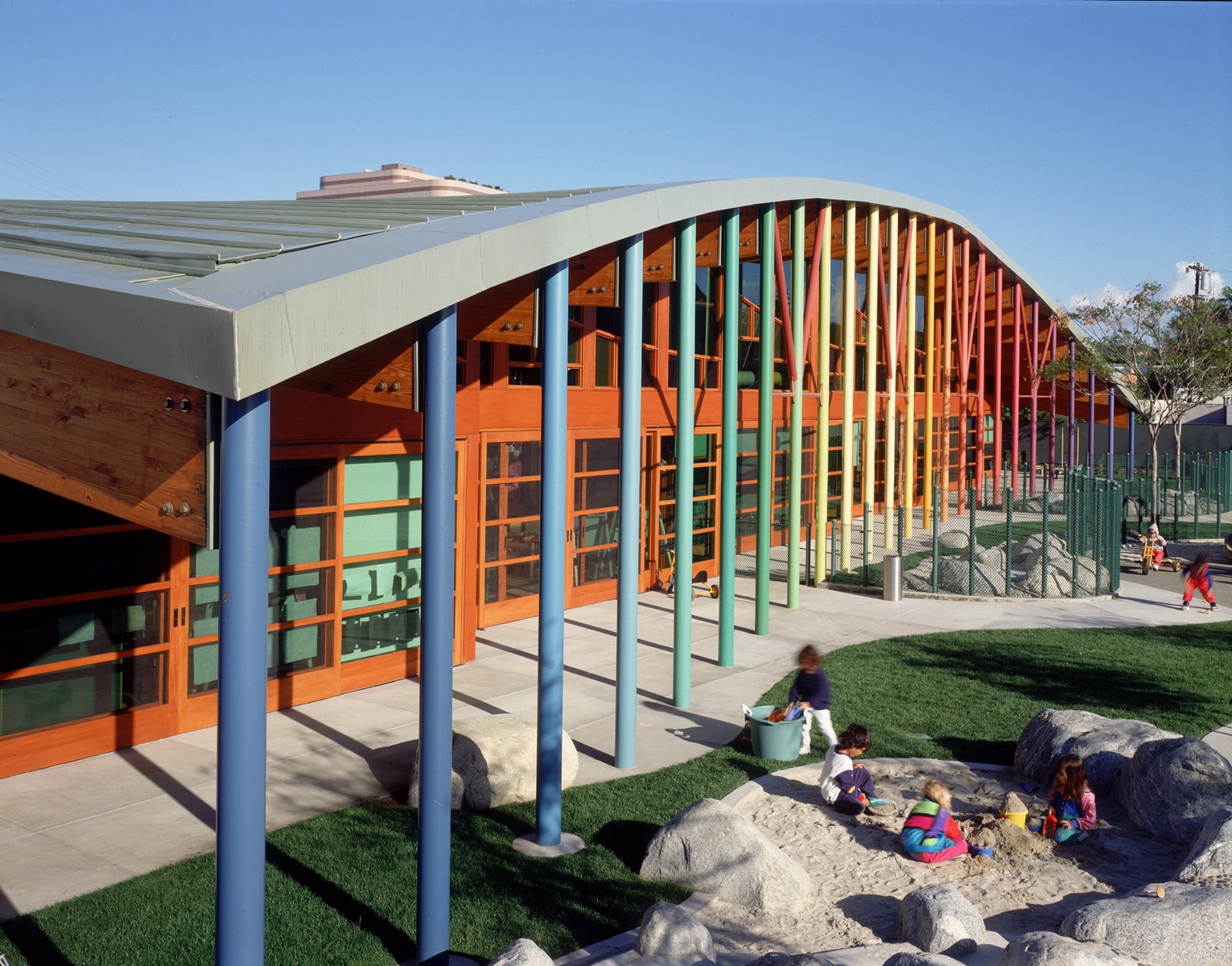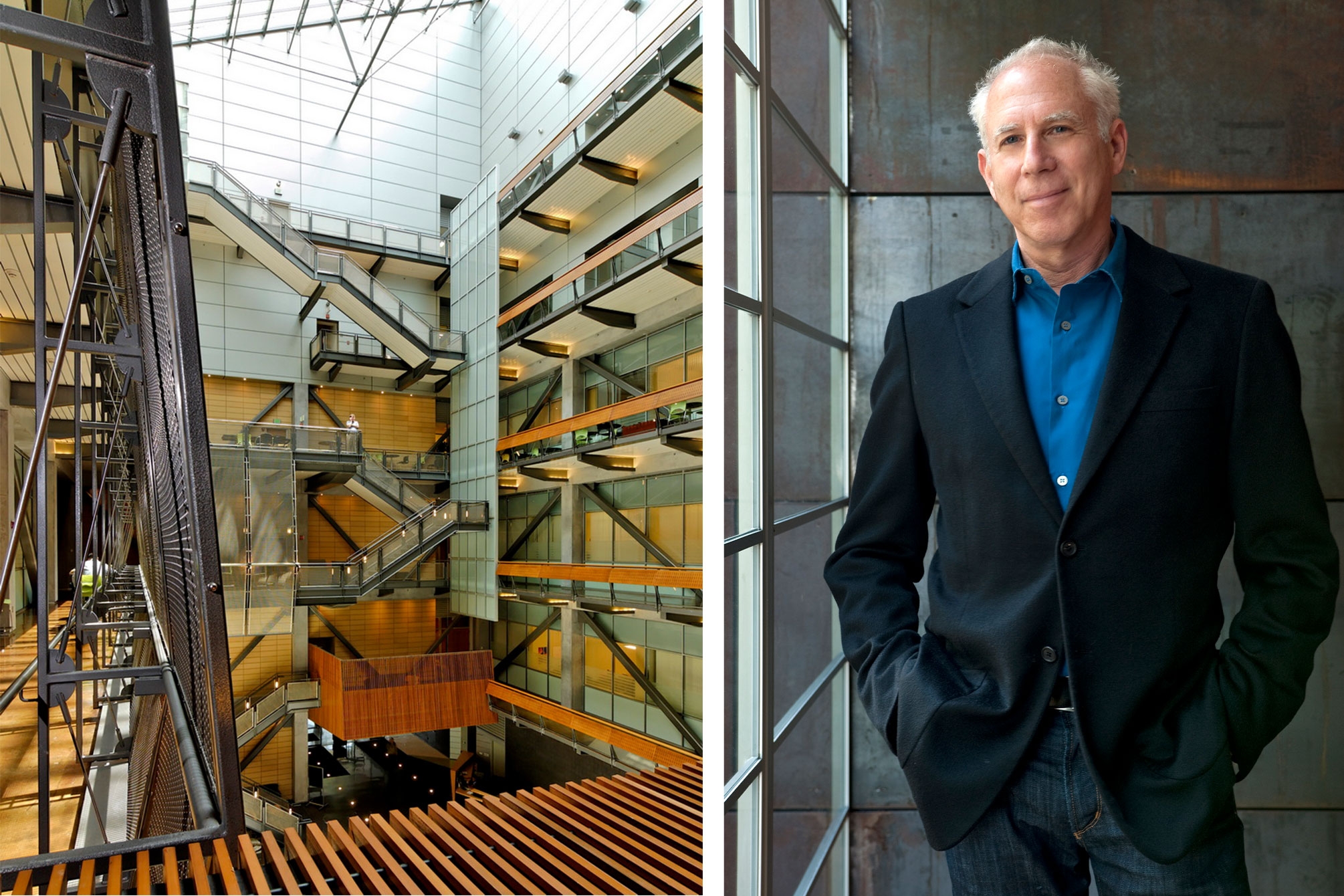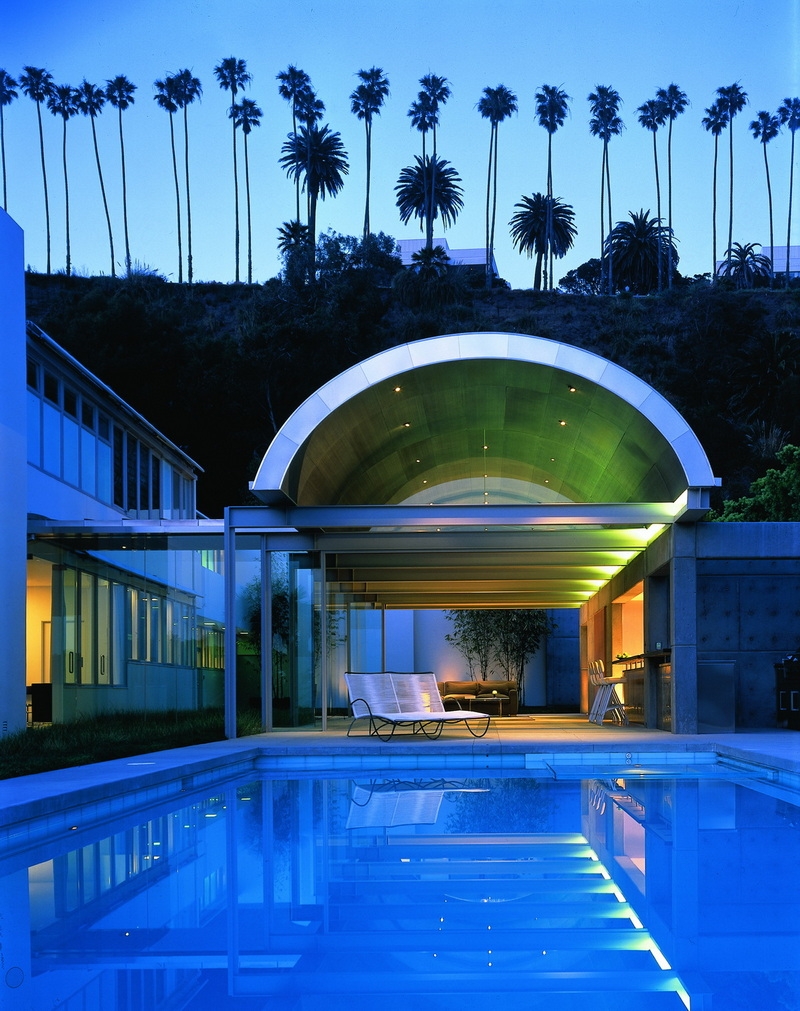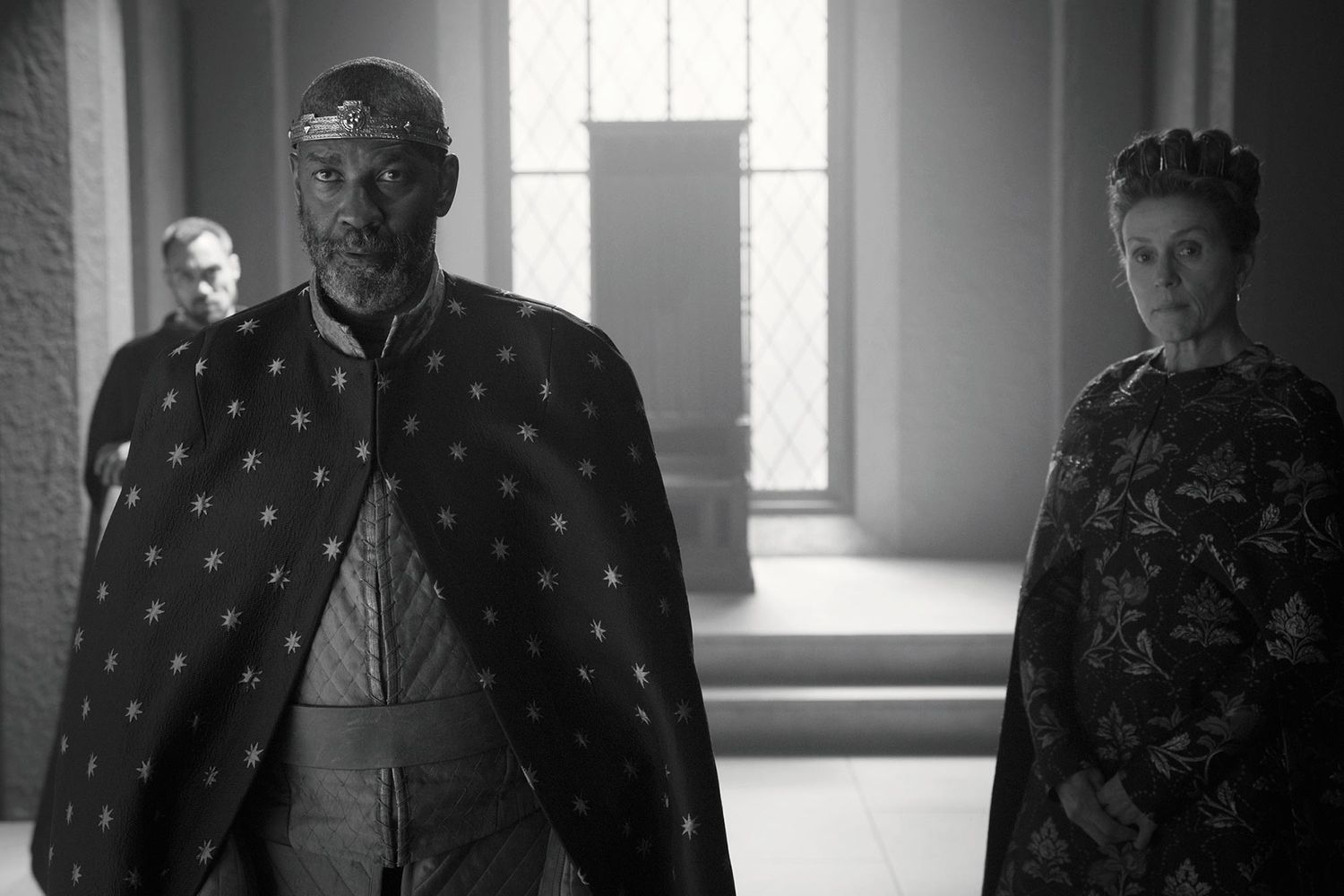
In a significant addition to the Art, Design & Architecture Museum (AD&A Museum) at UC Santa Barbara, the archive of renowned Los Angeles-based architect Steven Ehrlich has been donated to its Architecture and Design Collection (ADC). The acquisition underscores the ADC’s status as a premier resource for the study of the built environment in Southern California from the late 19th century to the present day.
Spanning Ehrlich’s architectural journey from 1979, when he founded his practice in LA, to 2015, when he transitioned his firm into Ehrlich Yanai Rhee Chaney (EYRC), the archive documents the application of the architect’s philosophy of “multicultural modernism” to his professional endeavors.
“Ehrlich’s multicultural modernism refers to an architectural approach grounded in the vernacular context of a project, rather than adhered to stylistic fads or movements,” said Silvia Perea, curator of the ADC. “This inherent condition ensures the site specificity of each of Ehrlich’s commissions while enhancing the cultural dimension of their locales.”
Primarily set in Southern California, Ehrlich’s projects promote an indoor-outdoor lifestyle by blurring the boundaries between interior and exterior, and foster social encounters through the use of common areas, patios and plazas. This approach is deeply influenced by Ehrlich’s extended stay in Africa, which followed his graduation from Rensselaer Polytechnic Institute in Troy, New York, in 1969. During his African sojourn, Ehrlich worked as a Peace Corps member for Morocco’s government in Marrakesh’s Urban Planning and Architecture Department. He then traveled the continent extensively, and taught at the Ahmadu Bello University in Northern Nigeria. Embracing the role of an “architectural anthropologist,” Ehrlich remains committed to leading his practice with the cultural responsiveness and modern sensibility that he honed through his formative experiences across the Atlantic.

The architect’s portfolio encompasses a variety of projects ranging from commercial to civic and educational, with a notable emphasis on residential designs. His early Kalfus Studio (1980), photographed by renowned architectural photographer Julius Shulman, propelled his career in Southern California in the late 1970s. Subsequent projects like the Schulman residence in Brentwood (1989), Ehrlich's personal residence in Venice (2002), and the Ridge Mountain house in Palm Springs (2017) further exemplify his distinctive approach to architecture.
“With the ADC’s longstanding focus on the built environment of Southern California, Steven’s architectural practice will be right at home in our archives. It is a great privilege to be able to share his work with students, faculty, and researchers at UCSB for decades to come” said Gabriel Ritter, the AD&A Museum’s director.
Expanding beyond California, Ehrlich has undertaken projects in Arizona, Texas and even Abu Dhabi. Along with major national and international press coverage, the architect’s oeuvre has been featured in several monographs. Additionally, it has been recognized with prestigious honors, including eight National Awards from the American Institute of Architects (AIA) — most notably the 2015 AIA Los Angeles Presidential Gold Medal, a tribute to his designs for the city.

Ehrlich’s donation to the AD&A Museum comprises original drawings, photographs, sketchbooks, presentation boards and 15 small models.
“Ehrlich’s extensive archive not only allows us to assess how the particular cultural, material, and technological aspects of his practice have contributed to shape Southern California’s architectural identity in the recent past, but it also enables us to engage, through our programming, with contemporary issues — from how architecture can foster inclusivity to questioning the need of new construction, among other basic aspects of the architect’s practice,” remarked Perea. “This potential underscores the value of Ehrlich’s papers and highlights the timely relevance of our collections.”
The section of the archive that documents Ehrlich’s activity in Africa has been acquired by the Getty Research Institute (GRI) in Los Angeles. “Ehrlich’s oeuvre and biography will be in conversation with several special collections held at the GRI. The documentation shows a direct connection to Bernard Rudofsky’s notable work Architecture Without Architects. His practice also connects to some of the projects developed by Yona Friedman in early 1960,” said Maristella Casciato, senior curator and head of Architectural Collections at the GRI. Both institutions, the AD&A Museum and the GRI, will support each other in cross referencing their records and disseminating Ehrlich’s work through exhibitions and publications.

Debra Herrick
Associate Editorial Director
(805) 893-2191
debraherrick@ucsb.edu



